Nispero
Eriobotrya japonica, commonly known as Loquat or Nispero, is an evergreen fruiting tree native to southeastern China. It is admired for its glossy, dark green foliage, fragrant white flowers, and sweet, tangy fruits. The tree produces clusters of small, white to pale yellow flowers in the winter, which give way to round or oval-shaped fruits that ripen in spring or early summer. The loquat fruit is known for its juicy, aromatic flesh and can be eaten fresh or used in cooking and preserves. Nispero is also valued for its ornamental qualities and adaptability in gardens and landscapes.
- Botanical Name: Eriobotrya japonica
- Common Names: Loquat, Nispero
- Mature Height: 15-30 feet (3-9 meters)
- Mature Spread: 15-20 feet (3-6 meters)
- Growth Rate: Moderate
- Light Requirements: Full sun to partial shade
- Soil Requirements: Well-draining soil; prefers loamy or sandy soils but tolerates a range of soil types
- Water Needs: Moderate; requires regular watering, especially during dry periods
- Foliage: Evergreen, with large, glossy, dark green leaves that have a leathery texture
- Flowers: Small, fragrant, white to pale yellow flowers in clusters, typically appearing in winter
- Fruit: Round or oval-shaped fruits with smooth, yellow or orange skin and juicy, aromatic flesh
Uses:
- Fruit Production: Produces edible fruits that can be eaten fresh, used in cooking, or made into jams and preserves.
- Ornamental Tree: Adds beauty to gardens with its glossy foliage, fragrant flowers, and attractive fruit.
- Shade Tree: Provides shade with its broad canopy, making it suitable for gardens and outdoor spaces.
- Landscape Planting: Ideal for both formal and informal gardens due to its aesthetic appeal and adaptability.
Benefits:
- Aesthetic Appeal: Features glossy foliage, fragrant flowers, and attractive fruit that enhance garden aesthetics.
- Edible Fruit: Provides delicious, juicy fruit that can be used in a variety of culinary applications.
- Drought Tolerance: Adaptable to different soil types and conditions, with moderate water needs.
- Wildlife Friendly: Flowers attract pollinators, and fruit provides food for birds and other wildlife.
Eriobotrya japonica (Loquat/Nispero) is a versatile and attractive tree that adds both ornamental and practical value to gardens and landscapes with its glossy leaves, fragrant flowers, and edible fruit. Its adaptability and aesthetic qualities make it a valuable addition to a wide range of garden settings.
Debes acceder para publicar una valoración.
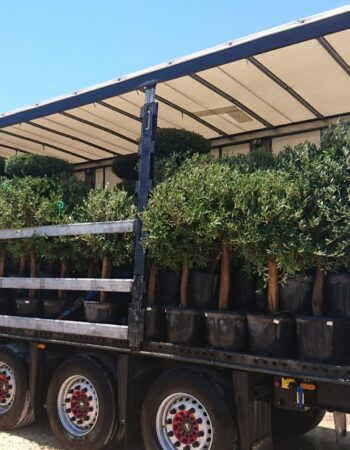
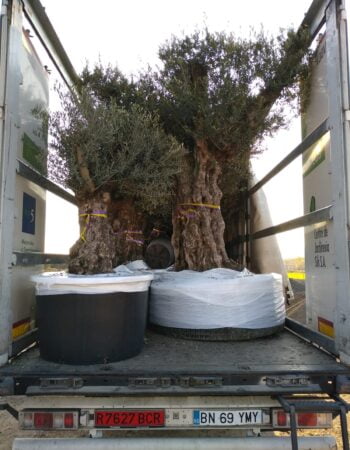
CAREFUL TREE TRANSPORTATION
At Treezom, we take great care in transporting your trees to ensure they arrive in perfect condition. Our expert team uses various methods, depending on the size and volume of the order, to provide safe and efficient delivery. Whether you're ordering a single tree or a bulk order, we guarantee high standards of handling and care throughout the process.
MULTIPLE SHIPPING METHODS
- Truck Delivery: Ideal for local or regional deliveries, ensuring a smooth and timely shipment of your trees directly to your location.
- Sea Containers (20’ or 40’): Perfect for larger orders or international shipping. Our sea containers are equipped to handle bulk shipments with optimal protection.
- Other Customized Solutions: Depending on the size and nature of your order, we can offer tailored shipping methods to meet your specific needs.
No matter the shipping method, we use specialized packaging and handling procedures to protect the trees during transit, ensuring they arrive healthy and ready for planting.
Below, you’ll find key tips tailored to this species’ requirements. Whether you’re new to plant care or have plenty of experience, these guidelines are here to support you in keeping your green companion healthy and vibrant.
- Planting:
- Choose a location with full sun to partial shade and well-draining soil.
- Dig a hole twice the width of the root ball and equal in depth.
- Place the plant in the hole, backfill with soil, and water thoroughly.
- Ensure adequate spacing from other plants and structures to accommodate its mature size and spread.
- Watering:
- Water regularly during the establishment period to support healthy root development.
- Once established, Nispero requires moderate watering; allow the soil to dry out slightly between waterings.
- Increase watering during prolonged dry periods to keep the soil from becoming too dry.
- Pruning:
- Prune to maintain shape, remove dead or damaged branches, and control size.
- Prune after fruiting to encourage new growth and improve air circulation within the canopy.
- Regular light pruning helps to maintain a neat appearance and promote better fruit production.
- Fertilizing:
- Feed with a balanced, slow-release fertilizer in early spring to support healthy growth and fruit production.
- Use fertilizers formulated for fruiting plants to enhance fruit development.
- Avoid over-fertilizing, as excessive nutrients can lead to lush foliage growth at the expense of fruiting.
- Pest and Disease Control:
- Nispero is generally pest-resistant but can occasionally suffer from pests such as scale insects or aphids; treat with insecticidal soap or horticultural oil if necessary.
- Monitor for fungal diseases like leaf spot or root rot; ensure good air circulation and avoid waterlogged soil.
- Regularly inspect the plant for signs of pests or disease and address issues promptly.
*This information is provided for informational purposes only. For more detailed care, please consult a professional Gardener or Arborist.










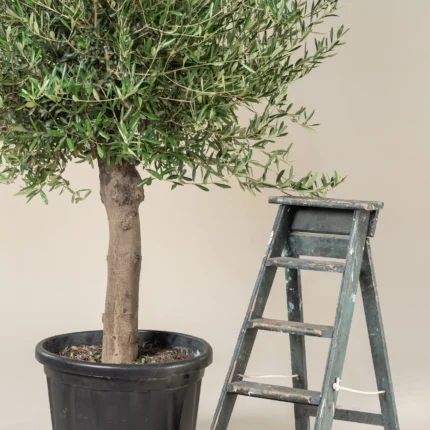
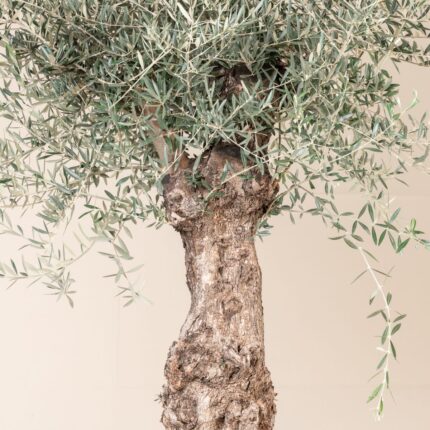


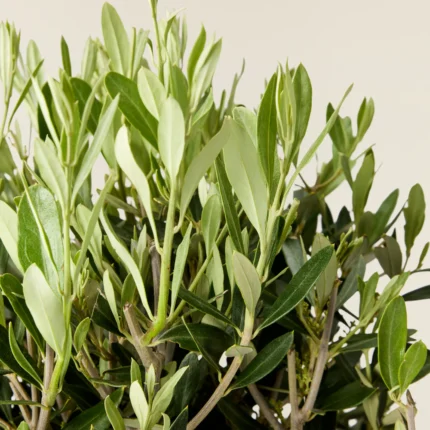






 Single Tree
Single Tree
Valoraciones
No hay valoraciones aún.